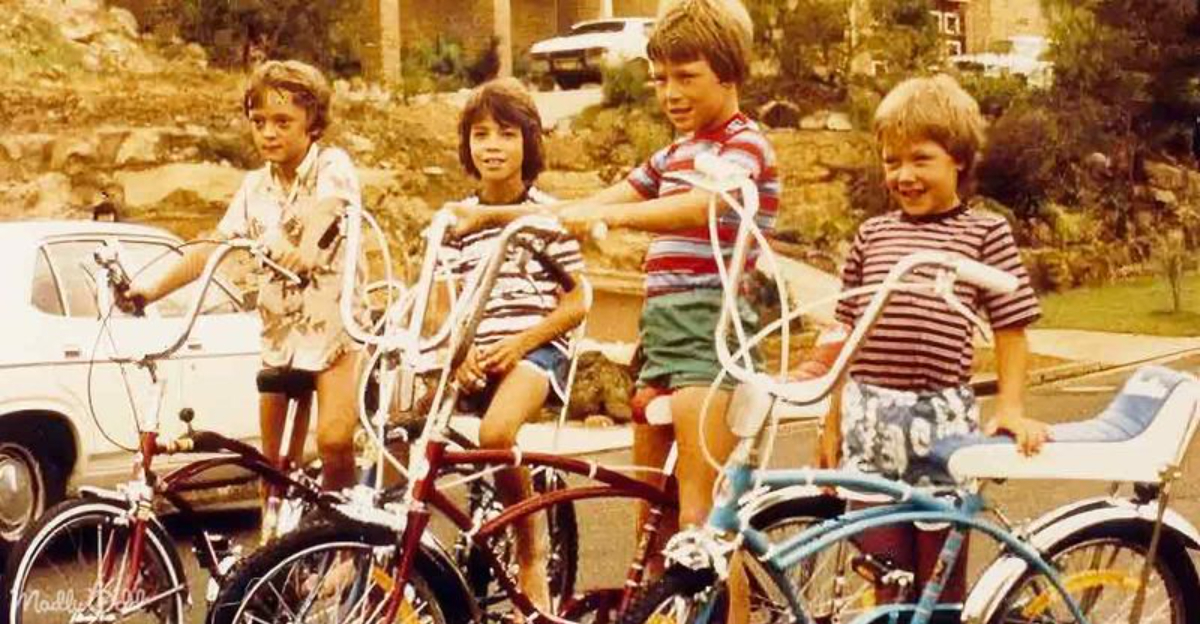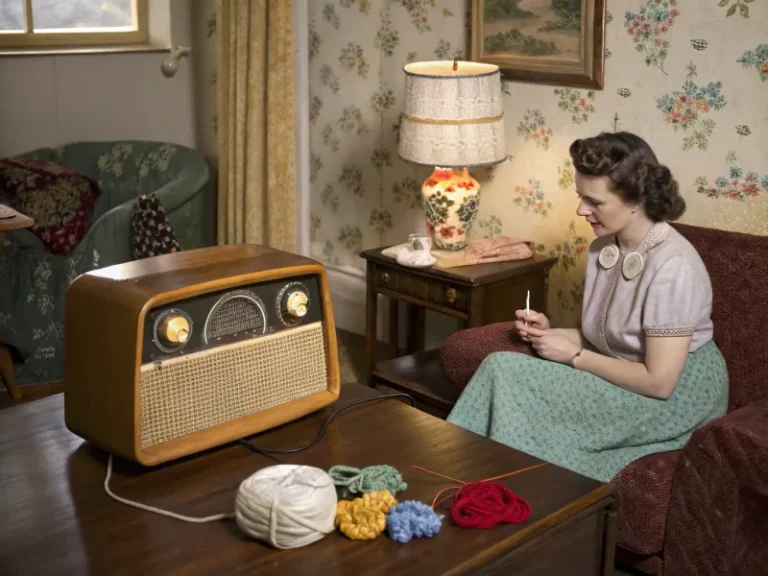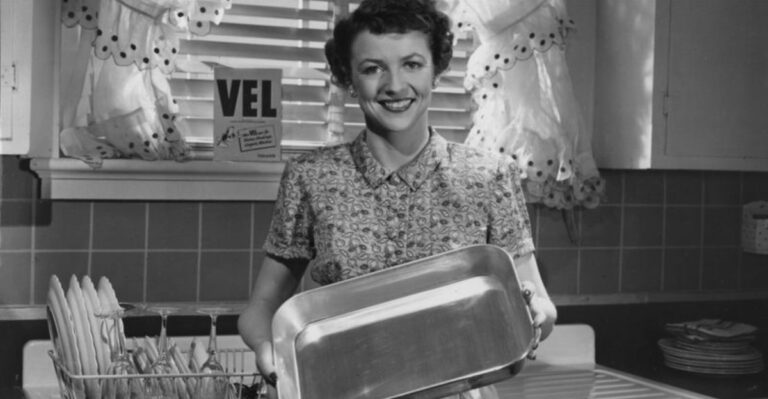17 Reasons Growing Up In The ’70s Was Amazing And Totally Different From Today
The 1970s was a decade of innovation and simplicity, a time when childhood felt freer and more memorable compared to today’s fast-paced digital era.
From playing outside until the street lights came on to eagerly awaiting your favorite TV show every week, the experiences of growing up in the ’70s were unique and cherished.
Join us on a nostalgic journey back to the days of tactile toys, family dinners, and unstructured summers.
1. Before Wi-Fi, Before Helicopter Parents—This Was Childhood Unplugged

In the ’70s, childhood was all about exploration without the digital leash. Kids roamed neighborhoods freely, their imaginations the only limit. With no smartphones to distract them, they invented games and stories. The absence of over-scheduling allowed them to be creative.
Parents weren’t constantly hovering; instead, they encouraged independence. This created a sense of responsibility early on. Kids learned to navigate social interactions and minor mishaps without intervention.
The result? A generation that grew up with a strong sense of adventure and resilience. Looking back, many cherish these unplugged moments. Fun fact: The term “helicopter parent” wasn’t coined until 1969, just as the ’70s were beginning.
2. We played outside until the porch light came on
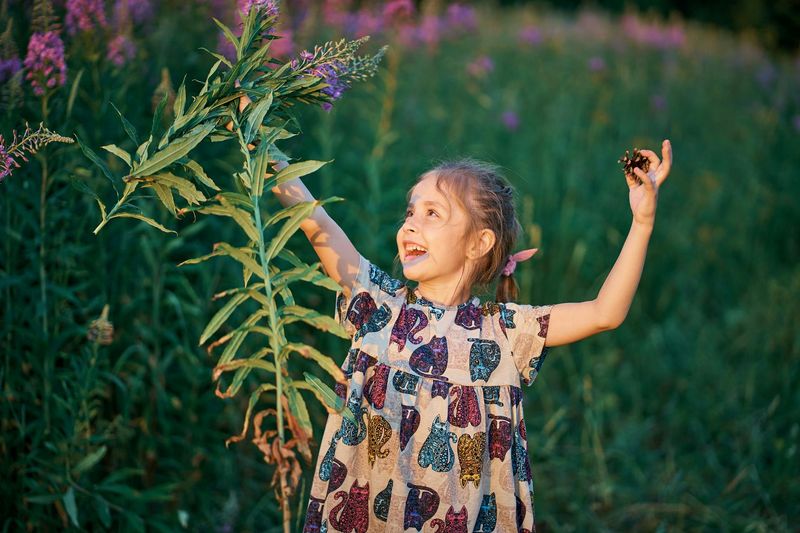
There was a magic to playing outside until the porch light flicked on. In the ’70s, streets were alive with the sounds of kickball games and laughter. Kids knew the signal to come home but enjoyed every last second of freedom until then.
Without digital distractions, they immersed themselves in the simple joys of outdoor play. Imaginations ran wild as they created intricate games and social dynamics. Friendships were formed on sidewalks and backyards.
This freedom fostered independence and physical activity, allowing kids to explore their surroundings. The porch light was more than just an indicator; it was a gentle reminder that another day of adventure awaited tomorrow.
3. Birthday parties meant cake and games—not bounce houses

In the ’70s, birthday parties were a world of their own. Forget elaborate venues; celebrations often took place in living rooms or backyards. Homemade cakes adorned tables, lovingly crafted by parents who delighted in the simplicity.
Games like pin-the-tail-on-the-donkey or musical chairs were staples, thrilling in their simplicity. The focus was on fun, not extravagance. Each party felt unique, with personal touches making it special.
This approach fostered a sense of community and creativity, with families bonding over these gatherings. The simplicity of the era meant that every child felt special, basking in the joy of shared laughter and cake. Did you know? Bounce houses weren’t popularized until the late ’70s!
4. We rode bikes without helmets—and survived
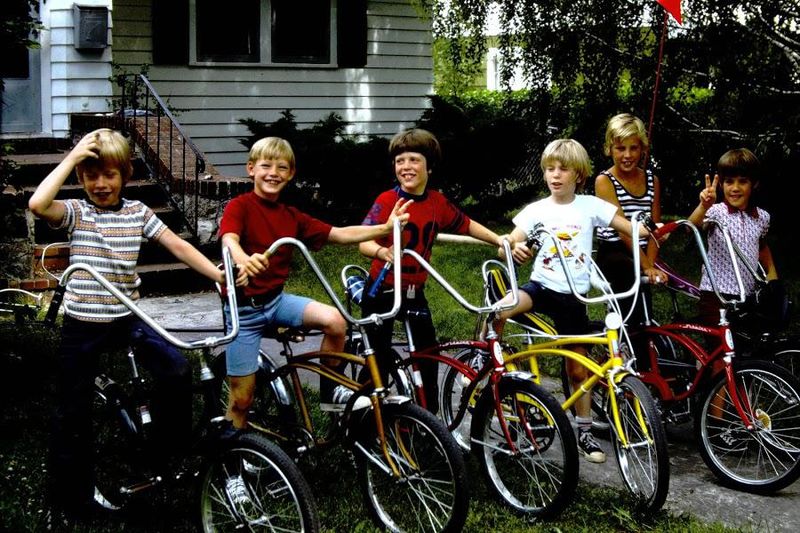
The ’70s were a time when kids rode their bikes with the wind in their hair. Helmets weren’t a common accessory, yet children navigated neighborhoods with confidence and glee. These two-wheeled adventures were a rite of passage.
Riding bikes meant independence. Kids traveled to friends’ houses or explored local parks, learning the lay of their land. The thrill of speed and autonomy was unmatched.
Though safety standards have changed, the sense of freedom remains a cherished memory for many. The bygone days of helmet-less rides symbolize the unbridled spirit of a ’70s childhood, where joy outweighed caution. Fun fact: The first bike helmet was introduced in 1975 but gained popularity much later.
5. There were no cell phones—just yelling names across the street
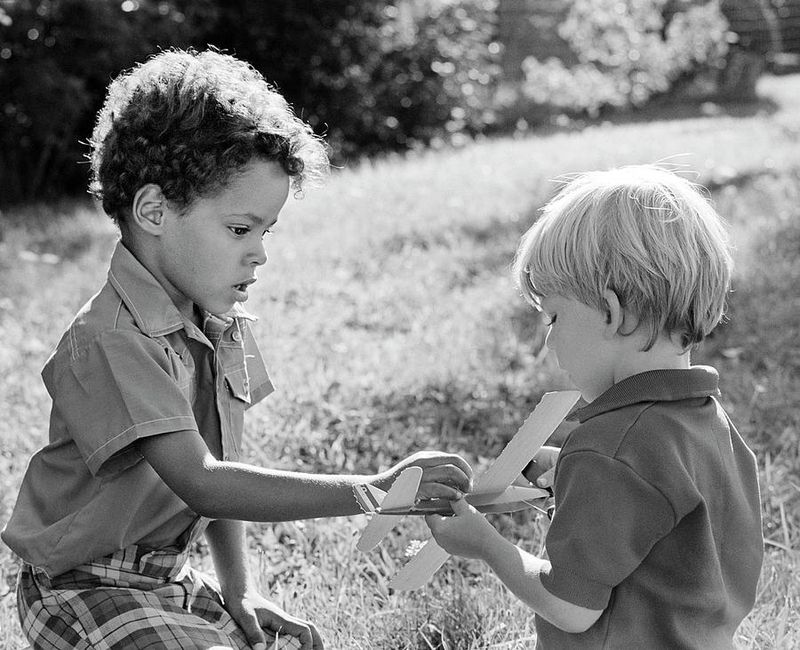
Communication in the ’70s was as simple as a shout across the street. Without cell phones, kids relied on their voices to connect with friends. The neighborhood itself was an extension of home, alive with calls and laughter.
This form of interaction built strong community ties. Kids learned to socialize face-to-face, resolving conflicts and sharing stories. There was an authenticity to these conversations, unfiltered by screens.
Yelling names across the street was more than practical; it was a testament to the close-knit communities of the time. It fostered a sense of belonging and camaraderie, echoing fondly in the memories of those who lived it.
6. TV shows had to be watched when they aired
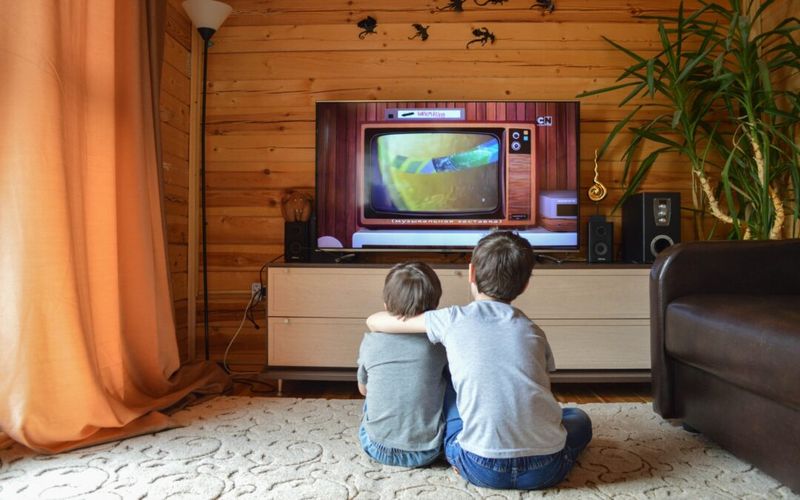
Television in the ’70s was an event, not just a pastime. Families gathered around bulky TV sets, eagerly awaiting their favorite shows. There were no DVRs or streaming services; if you missed an episode, you had to wait for a rerun.
This anticipation created a sense of occasion. Kids and parents shared the experience, discussing plots and characters, bonding over shared interests. It was a communal activity, with everyone present in the moment.
The fixed schedule taught patience and planning. Watching TV was more than entertainment; it was a family ritual, a time to connect and unwind together. Did you know? The first VCR was introduced in 1976, changing TV habits forever.
7. Everyone had the same toys, and no one cared about brands
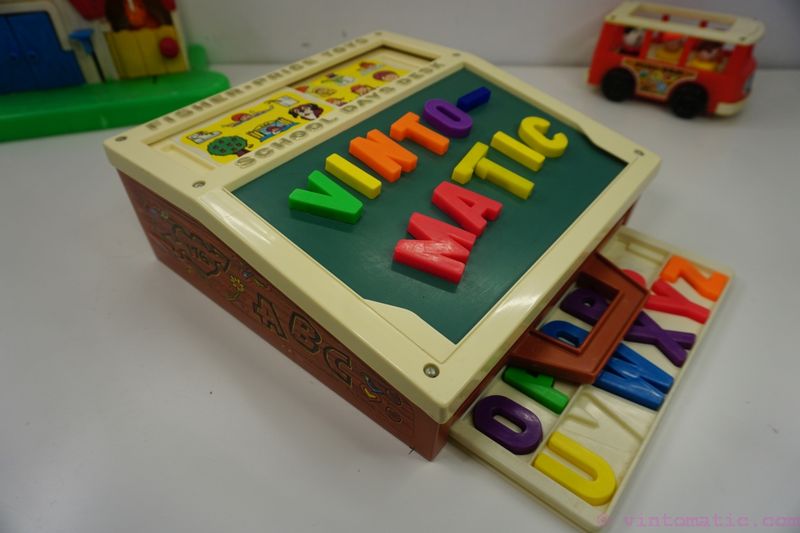
Toys in the ’70s were universal treasures. From Slinkys to Matchbox cars, children shared a common toy experience. Brand names were less important than the creativity that toys inspired.
Kids traded toys, creating endless possibilities. The simplicity of these playthings allowed imaginations to run wild. Every child could relate, as the toys were often the same in every household.
This era of play emphasized equality and creativity over consumerism. Toys were cherished for their fun, not their labels. Looking back, many remember these toys as symbols of a simpler, more inclusive time in childhood. Fun fact: The Rubik’s Cube, a ’70s icon, was invented in 1974!
8. Lunchboxes were metal and awesome
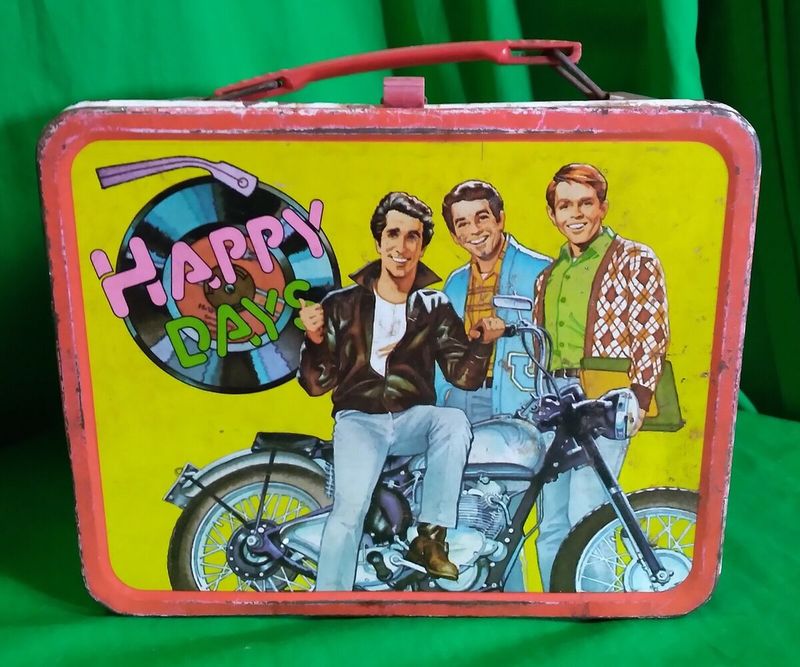
Opening a metal lunchbox in the ’70s felt like unveiling a treasure chest. With iconic designs featuring superheroes or TV characters, they were as much a fashion statement as a functional item.
The clank of the metal was familiar music in school cafeterias. These lunchboxes were sturdy and filled with homemade delights. Their designs sparked envy and conversation among peers.
Beyond their practicality, they symbolized individuality. Each design told a story, reflecting a child’s personality and interests. Today, vintage lunchboxes are collector’s items, cherished for their nostalgic charm and durability.
9. You had to wait a whole week for the next episode
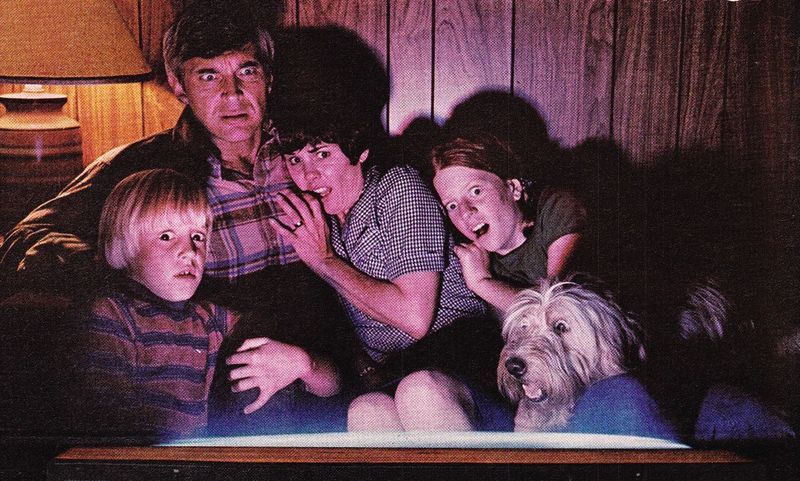
In the ’70s, anticipation brewed as soon as the credits rolled. Waiting a whole week for the next episode of your favorite TV show was a shared experience. Discussions filled the gap, with predictions and theories running wild.
This waiting game fostered patience and excitement. It was common to gather with friends to watch, making TV time a social event. The camaraderie extended to schoolyards and workplaces, where episodes were dissected and analyzed.
The weekly wait made each episode an event, creating fond memories of shared anticipation. Did you know? Cliffhangers, a ’70s TV staple, kept viewers on edge, eager for more.
10. Summer meant no schedules—just sunburns
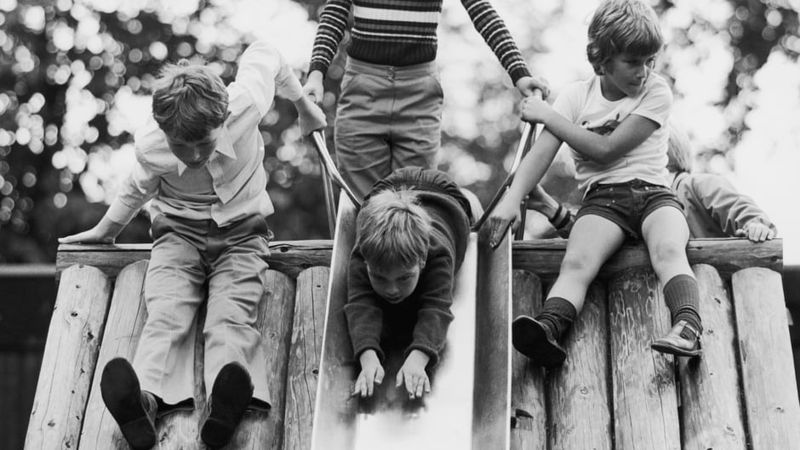
Summers in the ’70s were a glorious expanse of freedom. With no rigid schedules, kids basked in the sun, their skin often turning sun-kissed after days of adventure. The season was synonymous with exploration and play.
Without the constraints of modern-day camps and classes, children roamed freely. From building forts to swimming in local creeks, summer was a time of unbridled joy and discovery.
This unstructured time fostered creativity and resilience. Kids learned to entertain themselves and cherish the simple pleasures of life. Did you know? Sunscreen wasn’t widely used until the late ’70s, making sunburns a common summer souvenir.
11. The library was the original Google
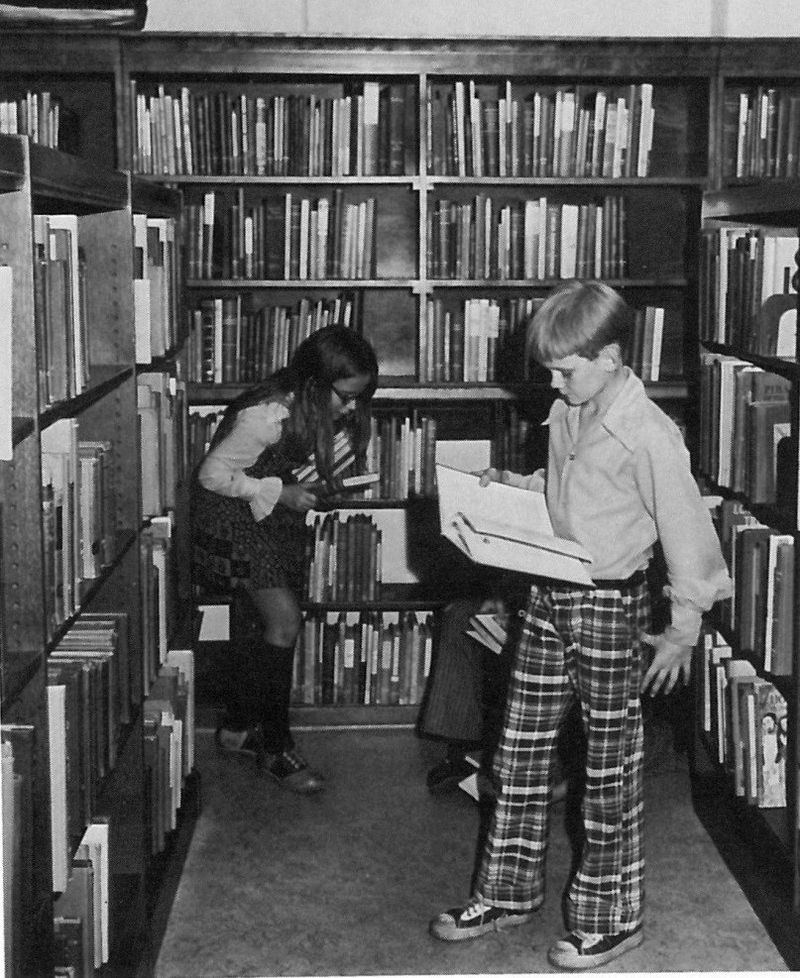
In the ’70s, libraries were treasure troves of knowledge. Kids flocked to them, searching for information or a thrilling story. The library was the go-to, offering the world in paper and ink.
Without the internet, research required effort. Kids learned to navigate card catalogs and reference books, honing their detective skills. Each visit was an adventure, a new discovery waiting on every shelf.
The library taught patience and curiosity, fostering a lifelong love for learning. Did you know? The Dewey Decimal System, the librarian’s best friend, was in full swing, guiding inquisitive minds to their next literary treasure.
12. Clothes were hand-me-downs—and full of character

In the ’70s, hand-me-downs were more than just clothes; they were family heirlooms of sorts. Each piece carried stories and memories, passed down from sibling to sibling.
These clothes were often patched and mended, showcasing resilience and creativity. Personal style was born from necessity, with unique combinations creating character-filled outfits.
This tradition fostered a sense of connection and resourcefulness. Kids learned to appreciate what they had, valuing practicality over fashion trends. Did you know? The ’70s were a time of bold fashion statements, making hand-me-downs especially vibrant and enduring.
13. Family dinner was non-negotiable
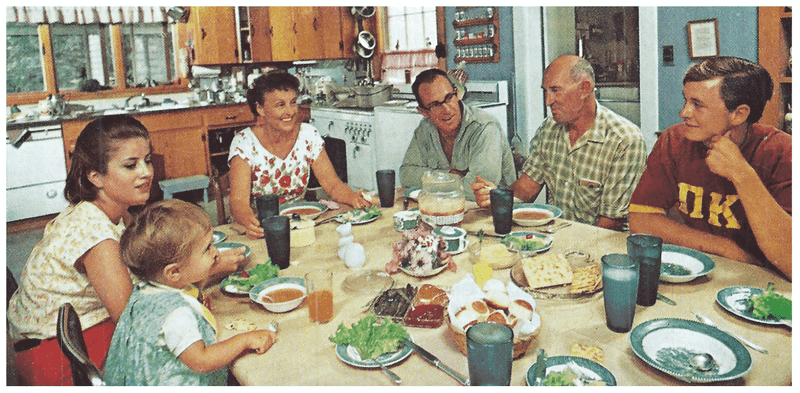
Dinner time in the ’70s was a sacred ritual. Families gathered around the table, sharing stories and meals. It was a time to connect, with distractions left at the door.
This daily tradition reinforced family bonds. Conversations flowed, with children learning from elders, laughter punctuating the evening. It was a time to decompress and share lives.
The routine of family dinners provided stability and unity. Did you know? The ’70s saw the rise of fast food, yet many families held firm to the tradition of home-cooked meals, valuing the togetherness it brought.
14. We made stuff up when we were bored—not downloaded it
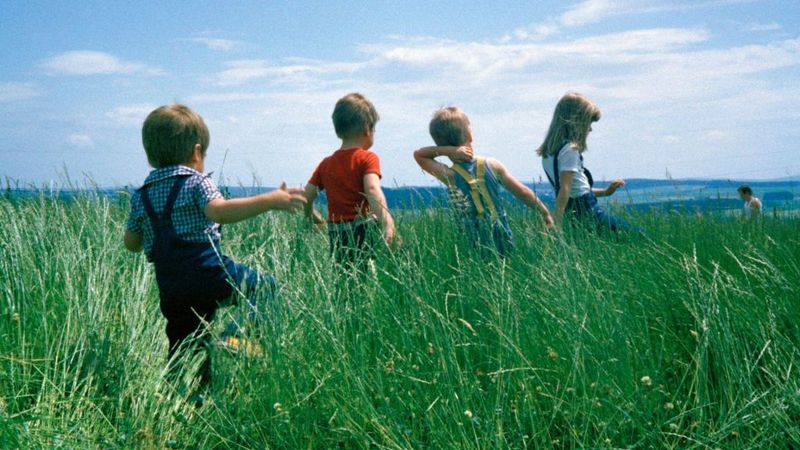
In the ’70s, boredom sparked creativity, not screen time. Kids invented worlds with whatever was on hand, turning backyards into kingdoms and friends into fellow adventurers.
Without the lure of digital entertainment, imagination took center stage. From puppet shows to make-believe battles, every day held new possibilities. Creativity was the ultimate playmate.
This era of imaginative play fostered problem-solving and storytelling skills. Did you know? The ’70s saw a boom in DIY toys and games, as children and parents crafted entertainment from scratch.
15. School drills were scary, but not about shooters
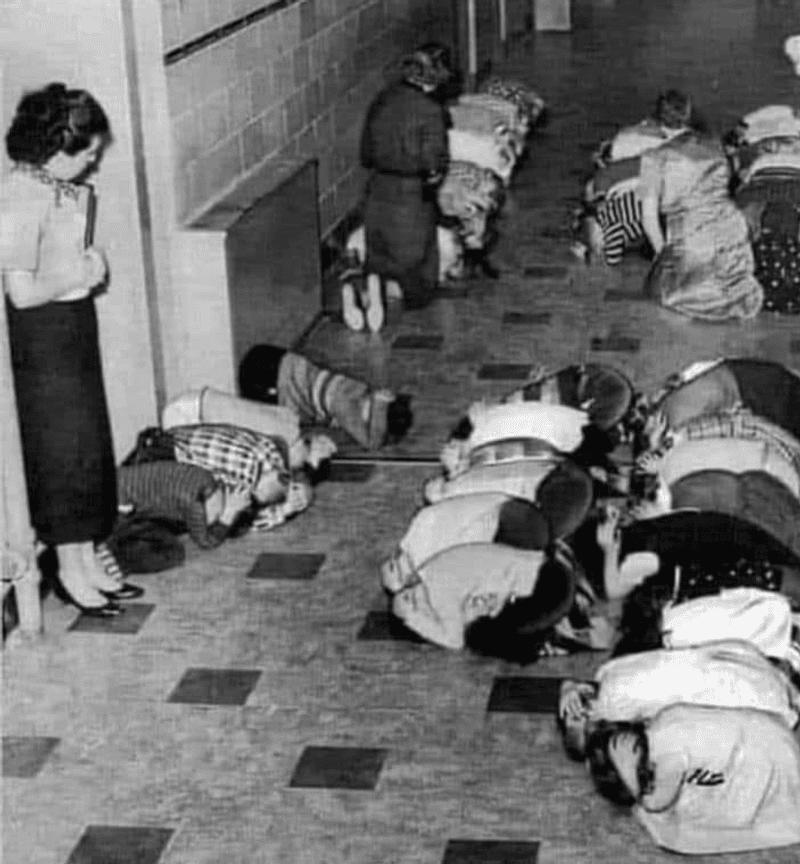
School drills in the ’70s were a part of life, teaching kids to stay calm under pressure. Fire and tornado drills were common, each with its own set of rules and procedures.
Though unsettling, these drills instilled a sense of preparedness without the fear of modern-day threats. Kids learned to act swiftly and follow instructions, skills valuable in any situation.
The drills were a shared experience, bringing classmates together in moments of seriousness. Did you know? The Cold War era introduced duck-and-cover drills, a peculiar aspect of ’70s school life, preparing for nuclear threats rather than active shooters.
16. Neighborhood Block Parties
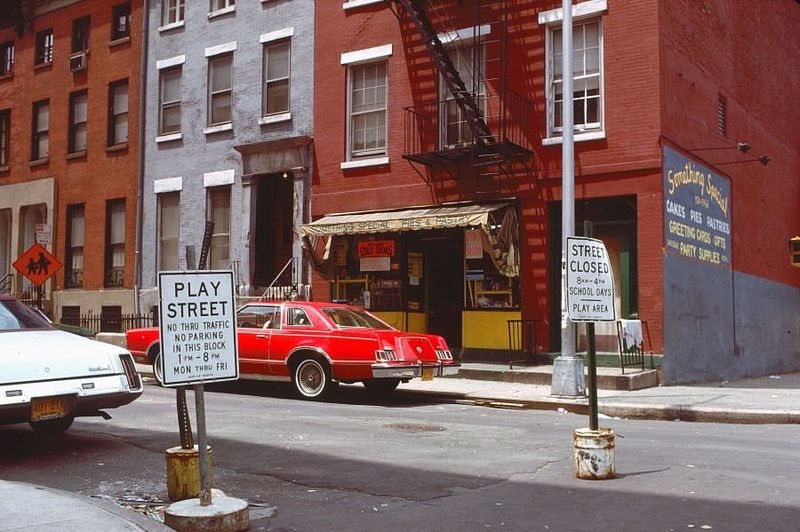
Remember those sunlit afternoons when the entire neighborhood gathered for block parties? The aroma of barbecues wafting through the air, combined with the laughter of children playing hopscotch and adults clinking glasses, created a joyous symphony.
These gatherings were more than just parties; they were community celebrations. Neighbors became family, exchanging stories and forging bonds. In an era before digital connections, face-to-face interactions were cherished.
Block parties were the essence of ’70s camaraderie—spontaneous, warm, and
17. Drive-In Theaters
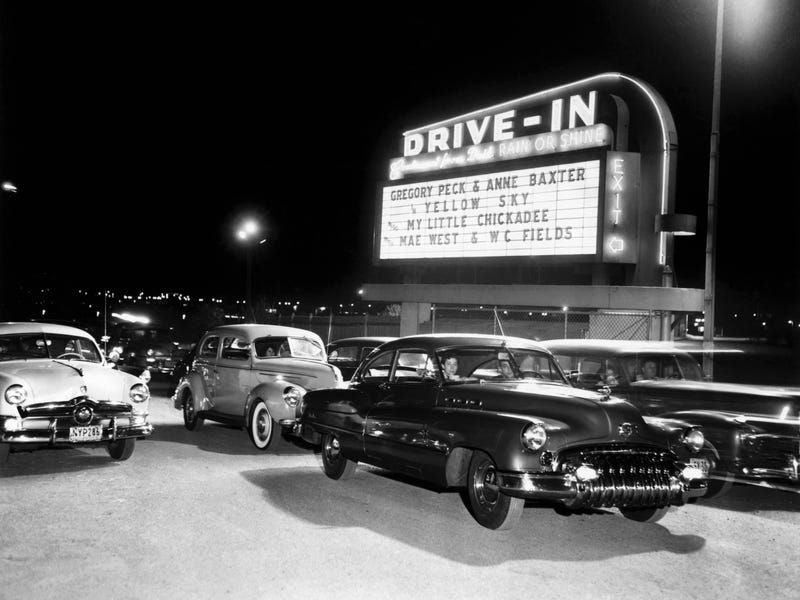
Drive-in theaters were a magical escape for families in the ’70s. Picture a starlit night, where families reclined in their cars, popcorn in hand, ready to watch the latest flick on a giant outdoor screen.
These theaters provided more than just entertainment; they were a social hub. Friends met up, shared snacks, and enjoyed the thrill of watching movies under the open sky.
For many, it was a rite of passage, a place where first dates happened and lifelong memories were made. Drive-ins brought a sense of wonder and excitement to movie-watching, a nostalgic experience now rare.

